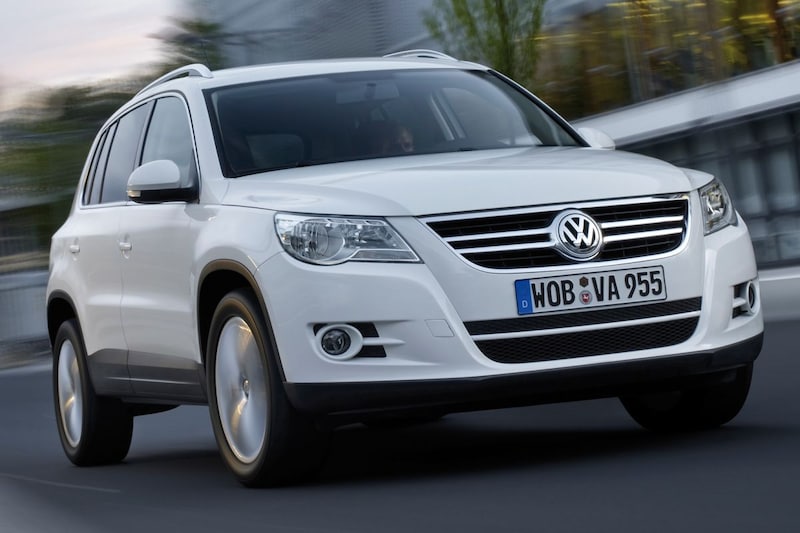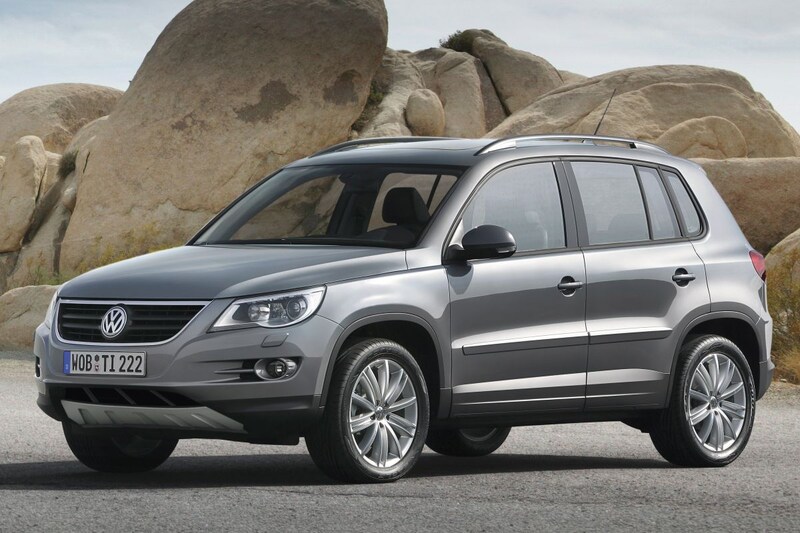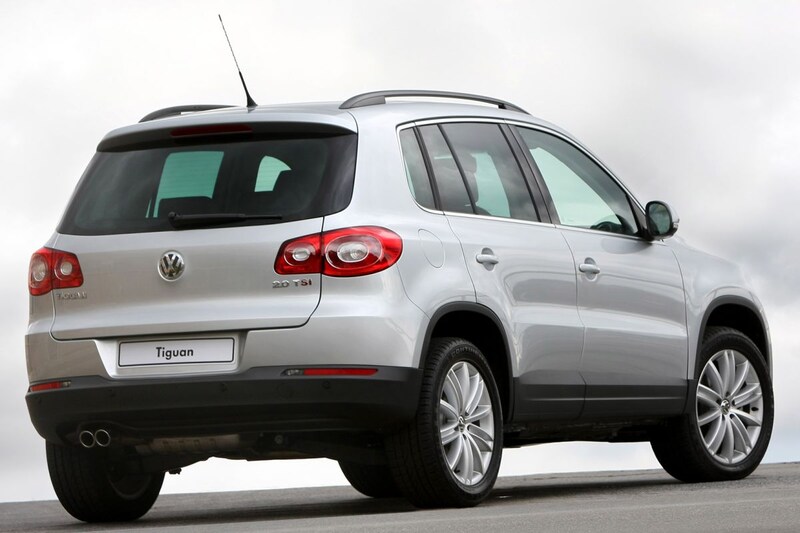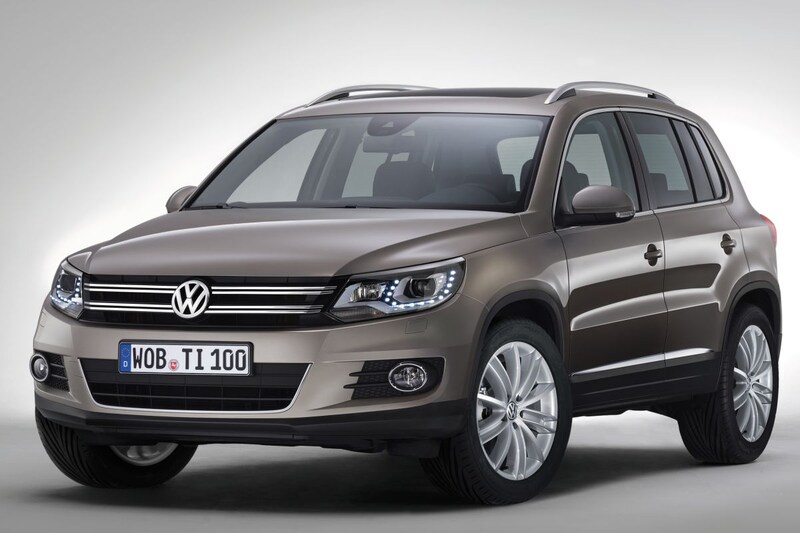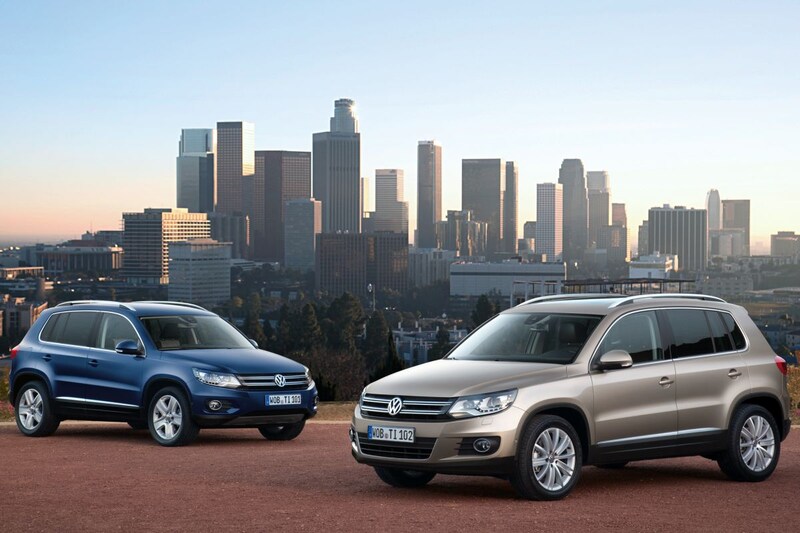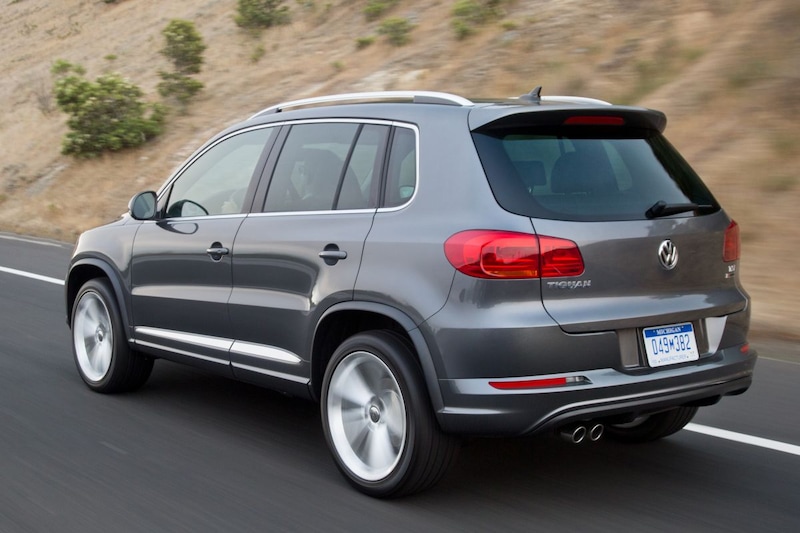Two faces from the start

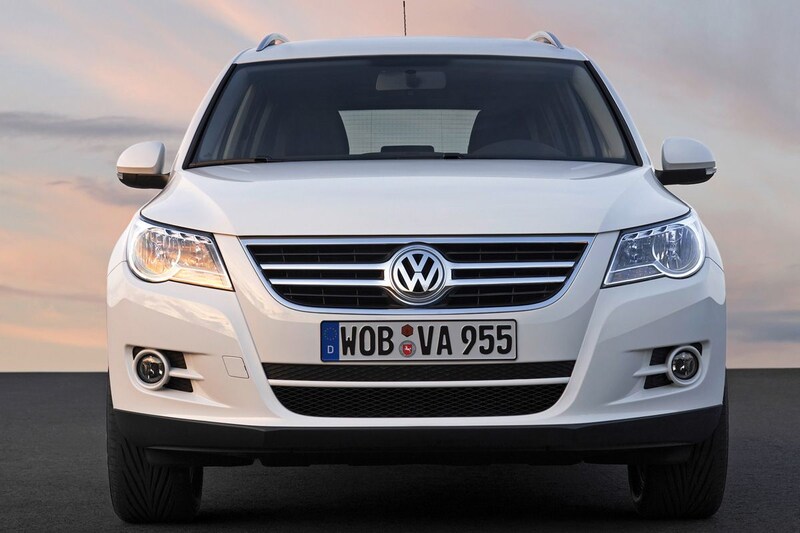
The first Tiguan was Volkswagen’s second SUV in 2007. He literally had two faces from the start, but got two new ones in return in 2012.
In 2007, the SUV landscape was nowhere near as varied and extensive as it is today. Volkswagen was certainly not the first with such a relatively compact copy, but the Tiguan found only a handful of competitors on its path.
The relatively short and stocky car immediately appeared in two variants. The regular and also sportier ones received a relatively normal front bumper, with three openings at the bottom. In addition, there was the ‘Track&Field’. It lived up to its rugged name with a front with a higher, strikingly rising front bumper. That gave him better approach angles and made this version more suitable for the terrain, an aspect of the SUV that has almost completely forgotten in 2022.
The two versions were retained during the facelift in 2012, although the Track&Field from after that time is even rarer in the Netherlands than that of the first series. The front received a major overhaul in 2012. The strong V-shape around the grille made way for more horizontal, clean lines, just as happened before with the (Passat) CC. From the facelift, the grille seamlessly matched the headlights, which of course also got a completely different shape.
At the rear, Volkswagen was a bit more careful, although the Tiguan did get new taillights here. Again ‘tight’ was the magic word, which meant that the convex spur at the bottom of the rear lights had to clear the field. Fun fact: in the United States, where this Tiguan was also sold, the new, sleek flashing light did not meet the requirements that are set there for the size of a turn signal. The orange element is therefore present on American Tiguans after the facelift, but not functional. Instead, the brake light placed directly above it flashes, as is often the case with cars for the American market.

.
– Thanks for information from Autoweek.nl

